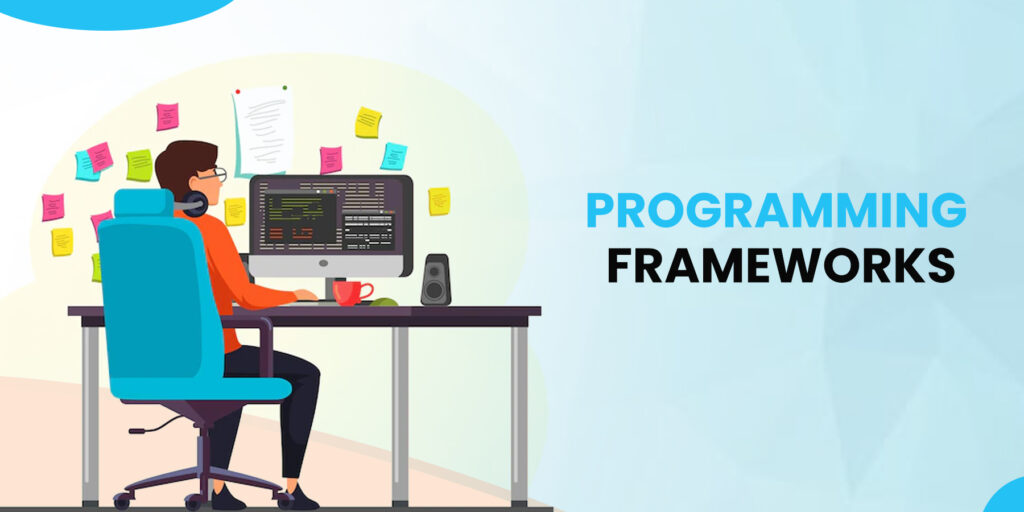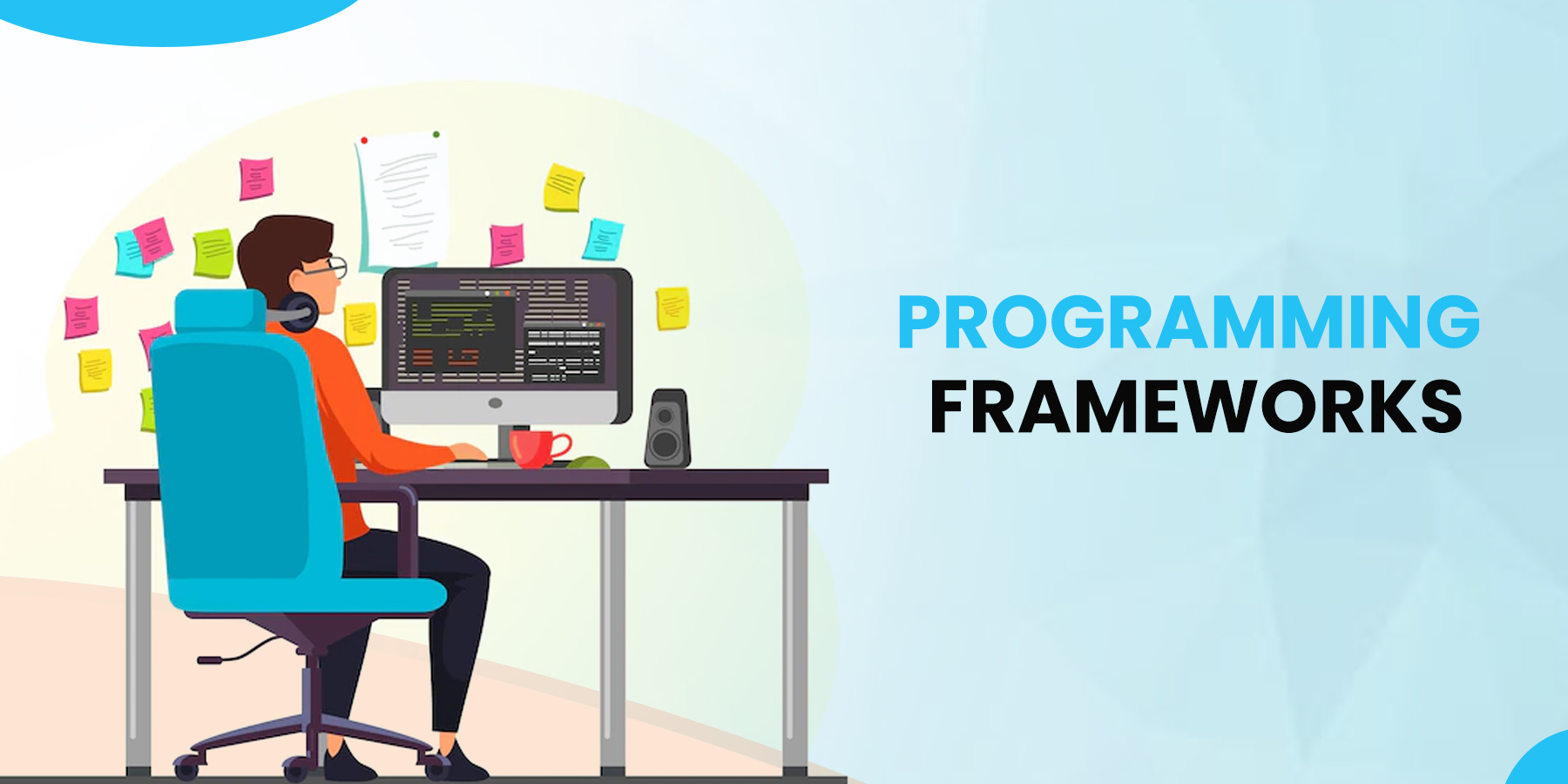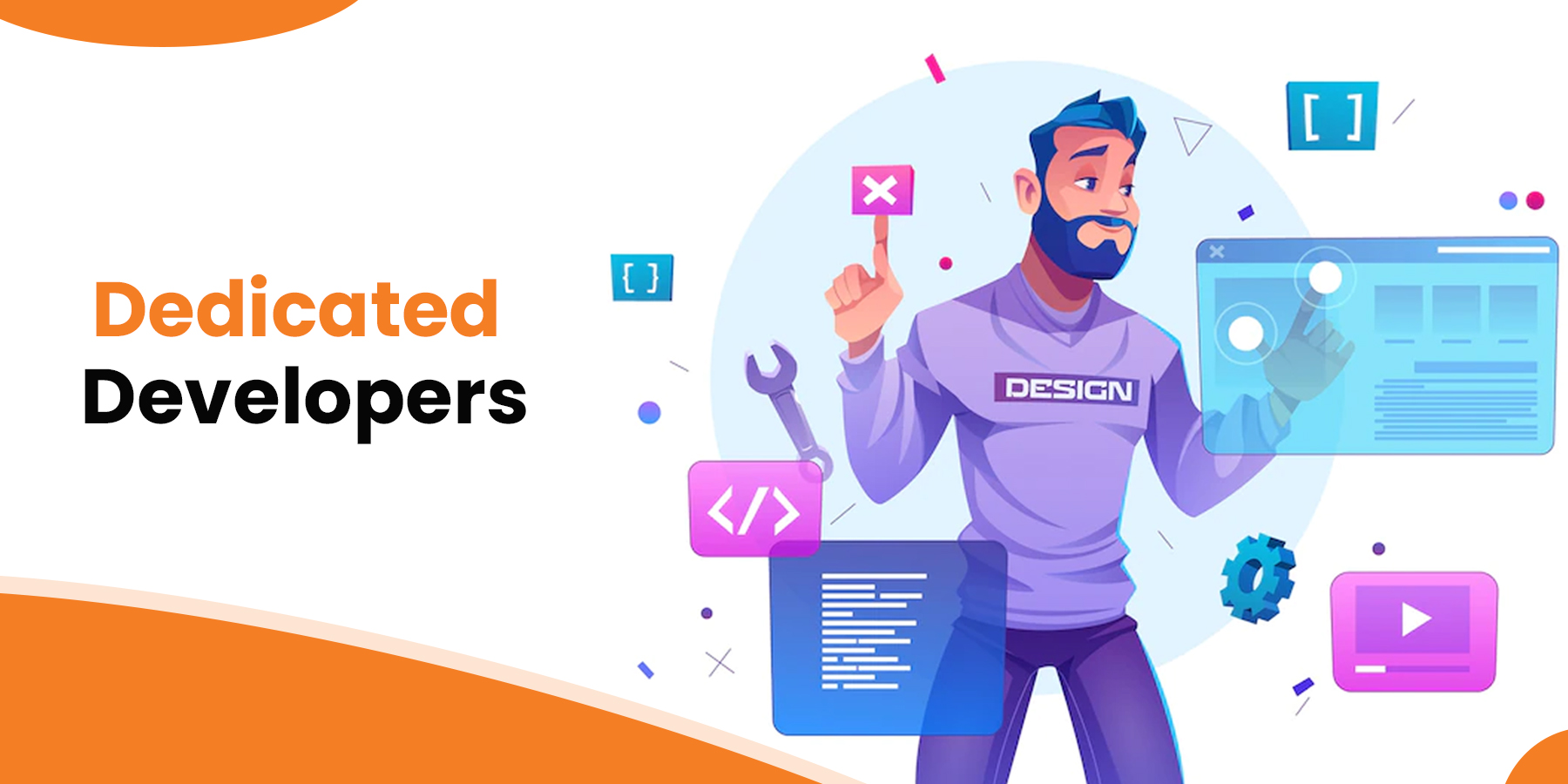
As the quality of web applications continues to improve, so does the complexity of the technology required, and frameworks have thus become a crucial component of web development. If you can reinvent everything, it is ridiculous to do so for such complex processes. Because of this, they are employing frameworks recommended by tens of thousands of developers worldwide is a wise strategy for creating dynamic and sophisticated online apps.
We examine the finest frontend and backend frameworks because a web application has both a backend (server-side) and a frontend (client-side). The top web development frameworks for 2022 are shown below:
Optimal Backend Frameworks
Here are some of the most reliable backend frameworks for remote software developers in 2022 that you might find interesting to learn about, ranging from entire MVC frameworks to RESTful APIs.
1. Express
Because of Node.js’s explosive growth in popularity, Express is currently one of the most popular frameworks when you hire software developers. It is well-liked by many businesses, like Accenture, IBM, and Uber, and it is also interoperable with other frameworks, including Kraken, Sails, and Loopback.
Express takes pride in being a straightforward, quick, and simple framework. It utilizes the strong performance of asynchronous Node.js and offers some basic framework functionalities without hiding Node’s characteristics. Additionally, it supports REST API and complete apps and is highly adaptable. For beginners, Express’s lack of a set method of operation is arguably its major flaw.
2. Django
Python is a programming language used in the Model-View-Template framework called Django. Well-known companies, including Google, Youtube, and Instagram, remote software developers, use this framework. Django brags about having several functionalities, including messaging and authentication, in its batteries-included feature. It adheres to both the DRY pattern and the Convention Over Configuration design.
In Django, security is crucial. Django either implements security protections in the framework, including restricting code execution in the template layer, or it gives remote software developers the methods and resources they need to create safe websites.
3. Rails
Ruby-based Model-View-Controller framework, known as Rails, is well-liked when hiring software developers. Major Rails users include GitHub, Hulu, Shopify, Airbnb, and Shopify. Rails are regarded as a beginner-friendly framework, and the fact that its advantages and disadvantages are debatable makes it easier for newcomers and remote software developers to start developing websites rapidly.
The library-like dependencies known as gems, which help you create applications even more quickly and effectively, come in various proper forms for rails. You may soon become an expert remote software developer in rails because of the helpful and dependable Rails community and the abundance of tutorials, screencasts, and resources available.
The main drawback of rails is that it takes a lot of work to deploy and run them in a production environment. Additionally, the learning curve for rails is steep once you delve deeper into the framework to discover its secrets.
4. Laravel
A Model-View-Controller framework {Laravel uses PHP, one of the most widely used web languages. It is still relatively new compared to the other frameworks on this list.
Laravel has built-in API support and several packages that could help it reach new audiences. A beginner’s paradise, Laracasts is a screencasts tutorials website with more than a thousand videos on PHP, Laravel, and frontend technologies in the Laravel ecosystem. However, Laravel can’t compete with Django or Express in terms of performance, which could be problematic for large-scale projects for remote software developers.
5. Spring
Java, the most widely used language, is used by the Model-View-Controller framework called Spring. Websites like Wix, TicketMaster, and BillGuard use this framework. The numerous sibling projects that Spring has enabled you to scale your organization swiftly. For many web developers, using Java, a tightly typed language, is a significant plus. But the learning curve may be pretty severe if you need to learn Java.
Javascript front-end frameworks
6. Angular
A front-end framework called Angular excels at creating complex Single-Page applications. Angular is a dynamic framework that can be used when you hire software developers to create complete client-side applications, and there is a ton to explore and learn there. Later versions of Angular utilized Typescript, a superset of Javascript, in place of Angular 1. x’s use of Javascript.
The main drawbacks of Angular are its size compared to other frameworks and the fact that it may be improved for SEO but could be more naturally SEO-friendly. Google created angular, which is used by Google, Microsoft, and Paypal.
7. React
Although React is a frontend library and not a framework, it is frequently used in comparisons with frameworks since many developers view it as such. The component-based architecture, which Angular, Vue later adopted, and many other frameworks, was initially implemented by React. React’s virtual dom speeds up dom operations and is relatively simple to learn, primarily because of its JSX syntax. React can be used on either the client or the server. Facebook created and maintained it, and both Facebook and Instagram use it.
8. Vue
The latest rising star is Vue.js, which began as a side project and soon developed into one of the most popular JS frameworks. Vue has a lot of unique features. First, it’s a progressive framework, so if you already have a project, you can add Vue to one part of it, and everything will work out just fine.
Second, the component architecture comes into play, and the Vue ecosystem enables you to create complete front-end applications. Since major corporations like Facebook and Google do not support Vue, some individuals hesitate to use it. However, this is gradually changing as major organizations begin to invest in Vue.
9. Ember
Back in 2015, Ember won the award for the best Javascript framework. The Ember community is enormous and constantly growing because of the continual addition of new releases and features. Ember has the same two-way data binding as Angular does, and it also includes a ton of pre-built parts and components. Netflix, Google, Microsoft, Heroku, and others frequently use this framework. Ember focuses on increasing developer efficiency by either doing away with time-wasting tasks or incorporating some JS best practices into the framework’s fundamental design.
10. Backbone
Backbone is a front-end framework perfect for creating complex Single-Page applications because it is very lightweight. It partially implements the MVC design and adheres to the MV* pattern. Backbone has a thriving ecosystem and only one fundamental dependency, the Underscore library, which, combined with Mustache and Marionette, enables you to create whole client-side apps.
Conclusion
Don’t be afraid to start working on a framework; it will offer you a better understanding of how to accomplish tasks as a remote software developer. Thus, these are also the frameworks you should look at the experience when hiring remote software developers. Lastly, you’ll find that frameworks, even those from the same category but written in different languages, share many similarities. Remember that significant corporations frequently migrate and experiment with new ideas, proving that there is no such thing as a dead end.
Kimberly Morrison
Kimberly Morrison has been the Director of Client Relations at VGROW since 2019. She builds strong customer relationships, drives client retention, and oversees team productivity. Kimberly's approach to customer engagement is key to VGROW's aim of streamlining business processes through virtual assistance services.


 How Dedicated Developers Improve Productivity in Your Business?
How Dedicated Developers Improve Productivity in Your Business? 5 Ways to Determine if a Design Agency Will Deliver Quality Work
5 Ways to Determine if a Design Agency Will Deliver Quality Work